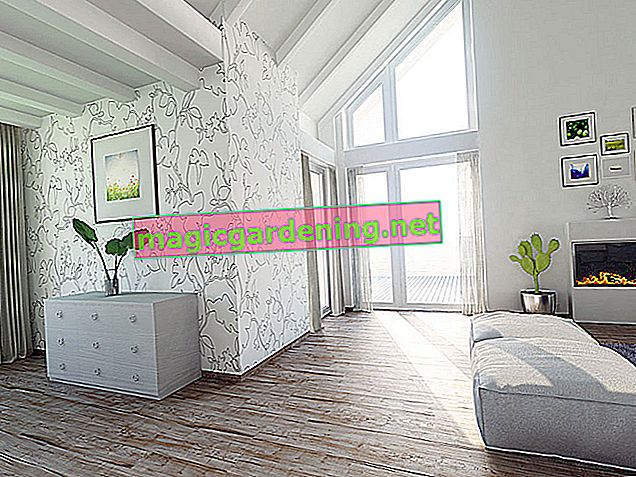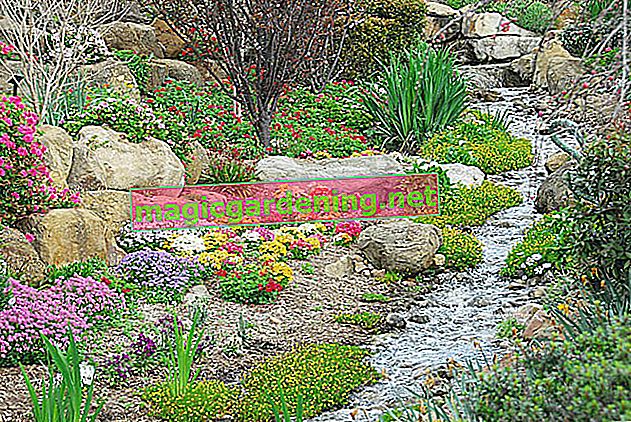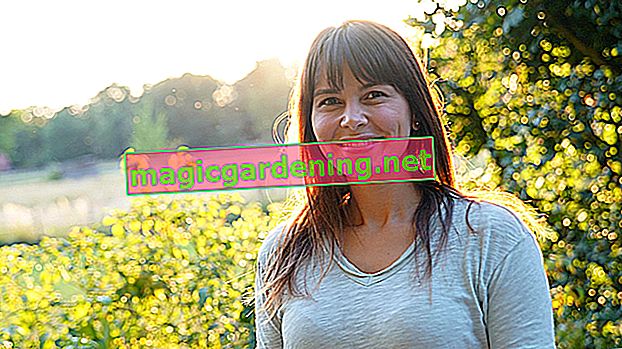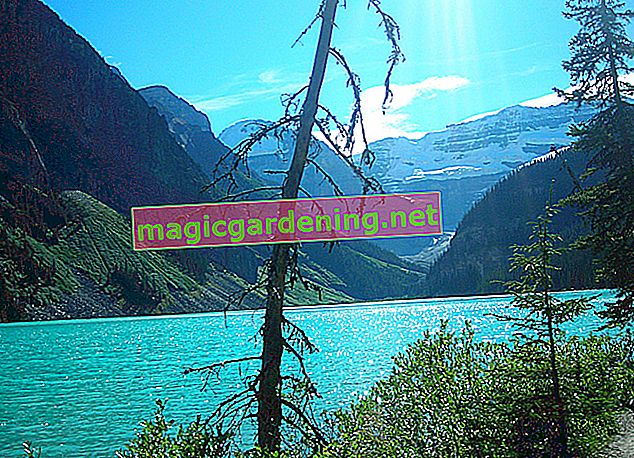
Raised bed should stand directly on the ground
If you want to create a compost raised bed, you should plan this with open ground and contact with the ground - this means that the raised bed should stand directly on the ground. The reason for this is simple: only in this way can all kinds of useful animals such as earthworms and other microorganisms important for compost preparation migrate from the earth into the raised bed and do their useful work there. Otherwise it will be difficult to compost the desired material, even if, for example, you can buy earthworms and put them in the raised bed.
also read
- Which wood is particularly suitable for the raised bed?
- Which tree is suitable for the living room?
- When a foundation for the raised bed is necessary
Does a raised bed have to have an open floor?
Of course, such a raised bed does not necessarily have to have an open floor and stand on bare ground, and that is not always possible. With a balcony raised bed, for example, you don't have this option at all; you need other ideas there. If the raised bed is only filled with earth (instead of compostable material), it is basically just a larger planter and can also stand on stone, tiles or any other surface.
No matter what surface: water must be able to drain off
But whether it is in contact with the ground or not: Excess water, for example from the last downpour or from watering, should be able to drain off immediately. Otherwise you will soon have a raised bog bed and grow your own swampy landscape. This is one of the reasons why an open soil and contact with loose, drained soil are so important: here the water simply runs through the bed and seeps into the soil. With solid surfaces made of stone, tiles or wood, you have to find other drainage options.
This is how you prepare the optimal substrate for the raised bed
The ideal subsurface for the raised bed is evenly level and with firm, but still loose and permeable soil. It is best to prepare the substrate as follows before building the bed:
- Find a suitable location.
- Mark out the desired space for the raised bed with its dimensions.
- Dig a shallow pit that size.
- Remove (save!) Turf, larger stones and weed root weeds.
- Loosen the soil in the bed underground a little.
- If necessary, cover the area with a weed fleece (€ 28.90 at Amazon *).
- Set up the raised bed.
- Place rabbit wire in the bottom of the bed as a vole defense.
- Fill in the drainage layer as the first layer.
Inorganic materials such as stones or organic such as rough woodcuts, larger branches and even tree stumps are suitable for the drainage layer. Make sure you fill in the spaces well. You can then fill the raised bed as desired.
Tips
Due to their higher weight, raised stone beds always require a solid foundation, either made of pebbles and crushed stone or even concreted.








